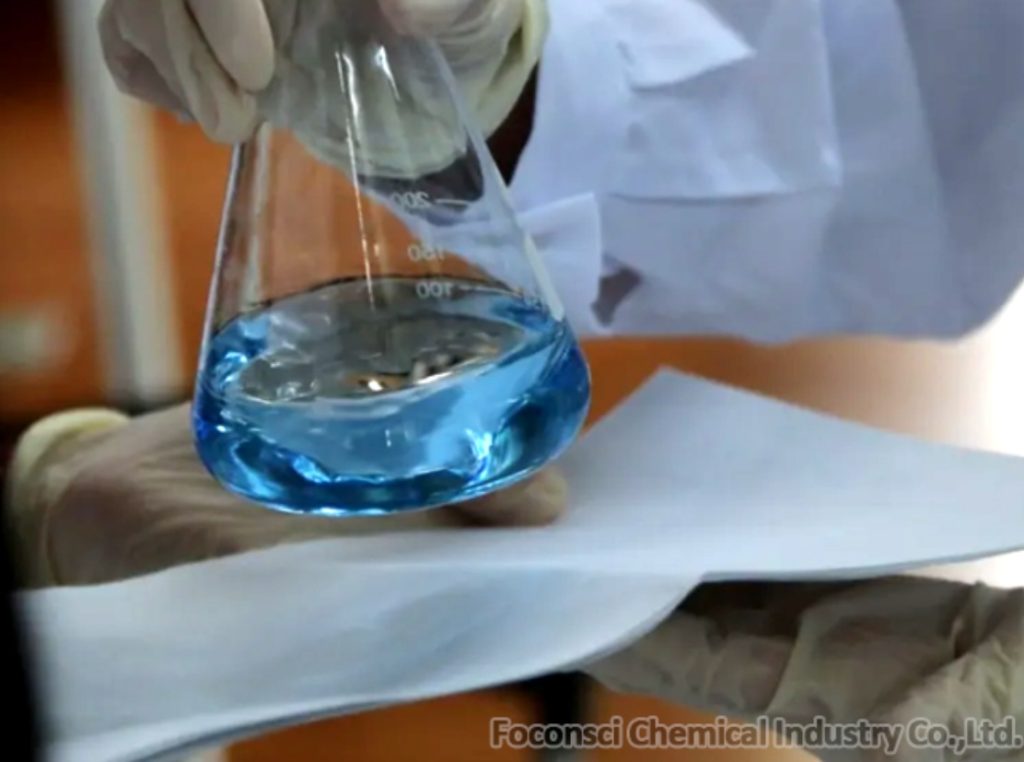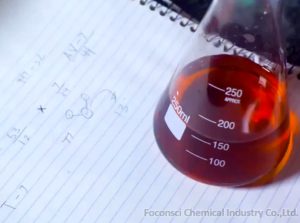
For any chemical manufacturer, chemical safety is make-or-break for production and operations—there’s no way around it. Ensuring that safety means two big things, really: first, you need precise risk evaluations and consistent operational rules, but that’s only half the story. The other half is having an emergency response setup that can handle unexpected issues quickly, and building a safety culture that sinks deep into how every employee thinks and acts. When these two come together, they don’t just overlap—they create a “double layer of security” for managing chemicals from start to finish, covering both immediate safety needs and long-term growth goals.
Emergency Response: Building a Solid “Line of Defense” After an Accident
No matter how rigorous a prevention system is, it is difficult to completely prevent accidents. A rapid-response, scientifically sound, and effective emergency response mechanism is the “last line of defense” to reduce accident losses and protect personnel safety. Its core lies in “implementation of plans” and “reliable facilities.” Emergency plans must move beyond generic templates and develop detailed, actionable procedures tailored to the most frequent risk scenarios in chemical storage, use, and transportation:
- Leakage disposal: Based on the properties of the chemical (corrosiveness, flammability, explosiveness, etc.), clearly define the wearing standards of protective equipment (such as acid and alkali resistant gloves, gas masks), and mark the placement and usage of adsorption materials (such as activated carbon, oil absorbent felt). At the same time, define the warning range of the leakage area to prevent secondary spread;
- Exposure rescue: In addition to standardizing the basic procedures of “showering safely 15 minutes after skin contact” and “washing eyes 15 minutes after eye contact,” contact information for nearby medical facilities and emergency medication reserves (such as neutralizers and antidotes) must be clearly identified in advance to avoid delays in treatment due to information lags.
- Fire response: Differentiate between chemical fire types (e.g., liquid and solid), designate the storage locations of specialized fire extinguishers (e.g., dry powder and carbon dioxide), and create clear evacuation routes with clearly defined responsibilities for each person in charge to ensure rapid evacuation even in smoky environments.
Safety Culture: Cultivating a “Soft Gene” Deeply Instilled in All Employees

Short-term safety relies on institutional constraints, while long-term safety relies on cultural guidance. Only when safety moves from “passive compliance” to “active implementation,” and from “management requirements” to “consensus among all employees,” can we truly achieve “long-term protection” for chemical safety.
Abandoning “one-size-fits-all” onboarding training, we will establish a regular learning mechanism tailored to job risks, ensuring that employees in different positions acquire sufficient and practical safety knowledge:
- R&D personnel: Focus on the risk characteristics of new chemicals, such as potential toxic byproducts during synthesis, experimental taboos (e.g., reagents that cannot be heated with open flames), and train them to independently handle small leaks;
- Warehouse personnel: Focus on learning chemical zoning storage rules (e.g., separate storage of acids and bases from flammables), temperature and humidity monitoring standards, inventory inspection frequency (e.g., daily inspection of packaging seals, weekly verification of records), and compliant procedures for the disposal of expired chemicals;
- Management: Incorporate safety indicators (e.g., emergency drill compliance rate, hazard rectification rate) into departmental performance evaluations, giving them equal weight to business indicators. This will encourage management to prioritize safety factors in decision-making and avoid the short-sighted practice of prioritizing production over safety.
Conclusion
Emergency response is a “hard measure” for dealing with emergencies, determining the “bottom line” of harm when an accident occurs. Safety culture, on the other hand, is a “soft force” that ensures long-term stability and determines the “safety ceiling” of daily operations. When it comes to chemical-dependent businesses, moving away from reacting to risks passively and toward preventing them proactively depends on two key things: effective emergency response systems, and a safety culture that’s deeply rooted in the company. Get these right, and they can use chemicals to their advantage while keeping employees safe and protecting the environment—ultimately hitting that “win-win” sweet spot for safety and growth.


